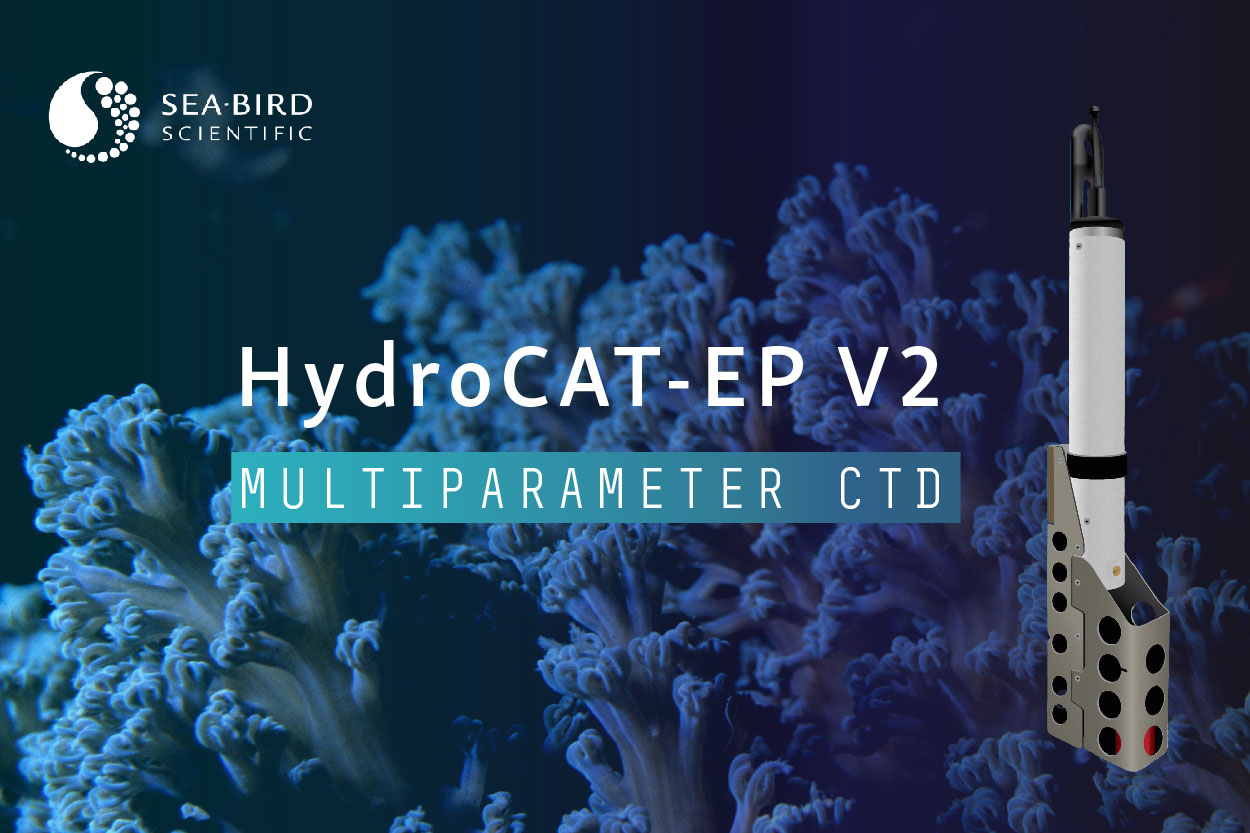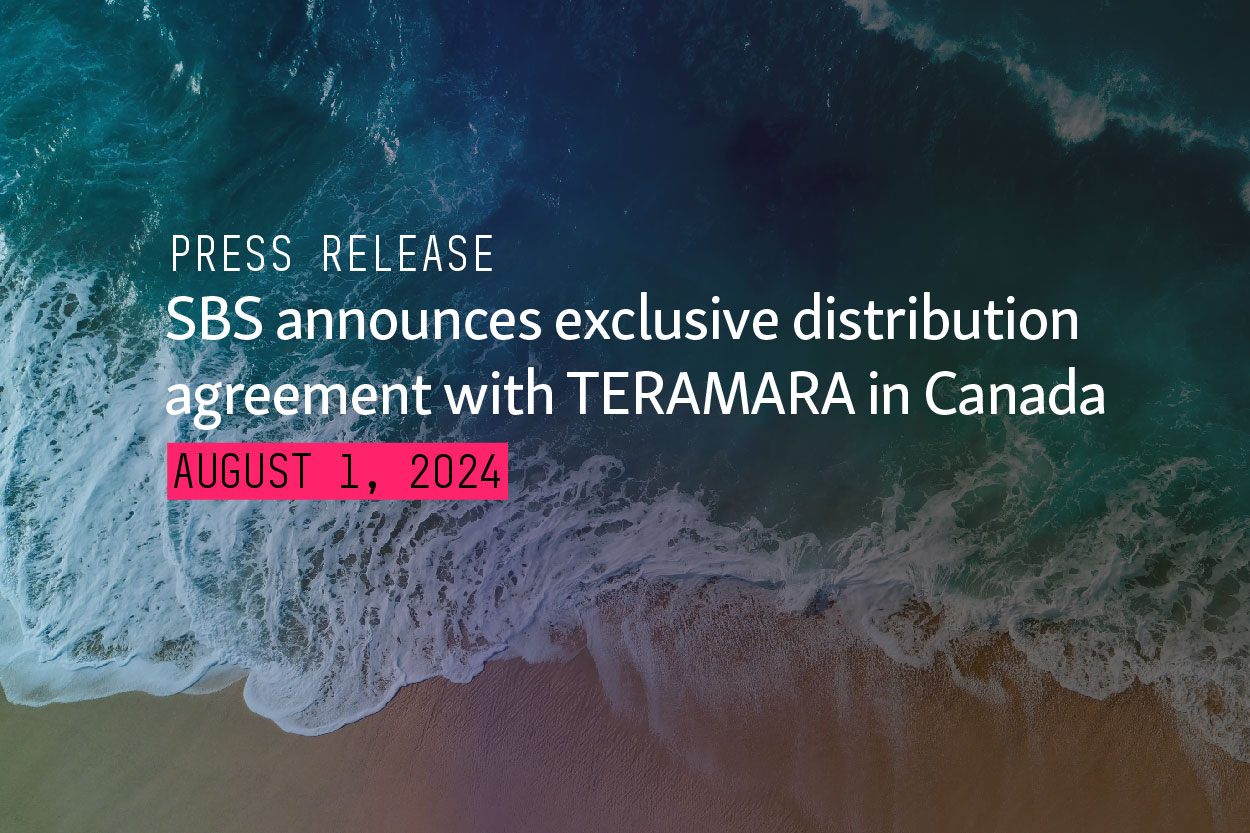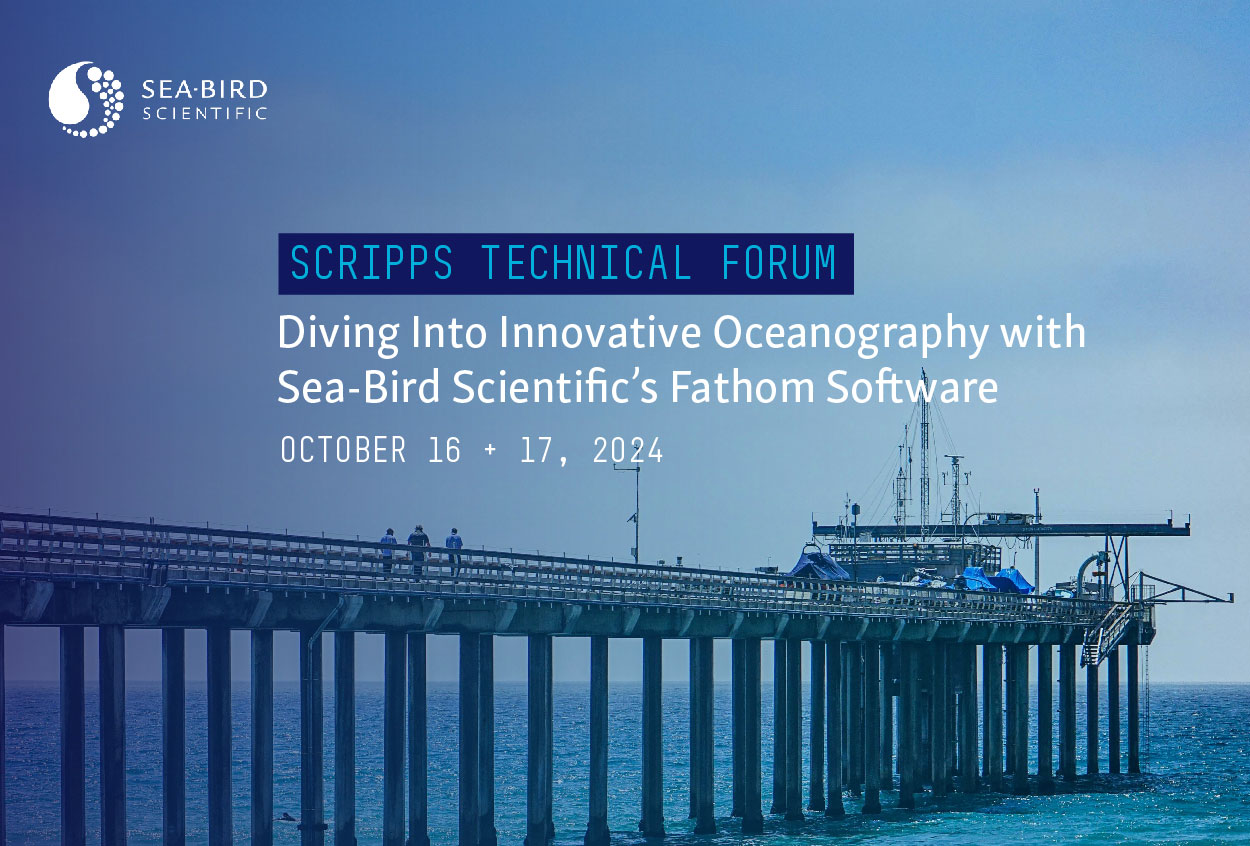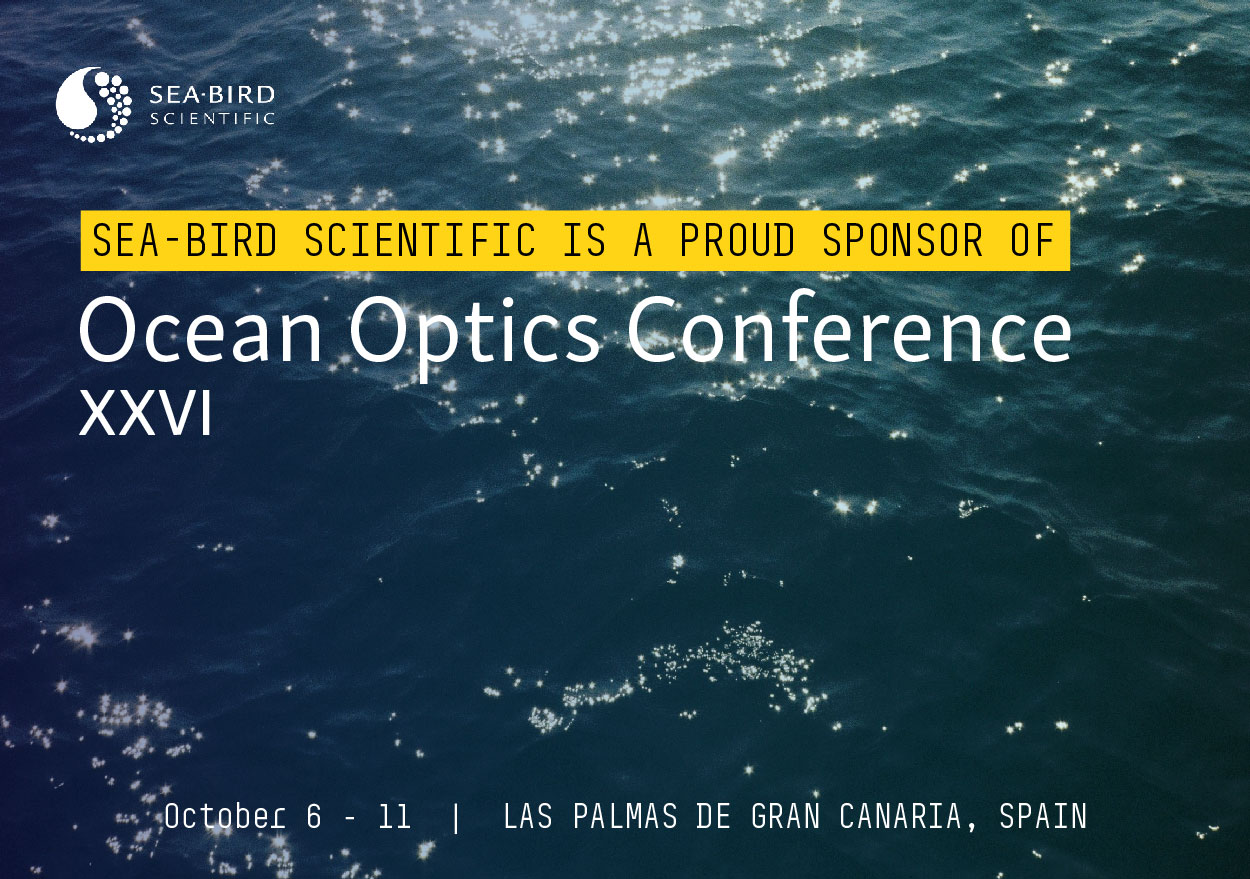The HydroCAT-EP V2 Multiparameter CTD

The HydroCAT-EP V2 Multiparameter CTD: Precision Insights for Environmental Monitoring
Dive into the future of environmental monitoring with Sea-Bird Scientific’s cutting-edge HydroCAT-EP V2 (HCEP-V2). This multiparameter CTD offers an impressive dynamic range, seamlessly transitioning from deep ocean environments to coastal waters, all while delivering high-resolution data and enhanced signal-to-noise ratios across every channel. We took the field-proven MicroCAT (SBE 37) and added a host of integrated sensors to the base CTD to provide users with a robust sampling platform in a compact, self-contained package.
The HydroCAT-EP V2 integrates seven field-proven sensors that are factory and/or field-calibrated (pH only) to provide optimal accuracy and long-term data stability. With optional optical dissolved oxygen, chlorophyll, turbidity, pH, and pressure sensors, the HydroCAT-EP V2 provides a solution for any ocean, coastal, or freshwater application. It has an integrated pump that operates each time the system takes the measurements, flushing the measured water and quickly moving new water into the flow path to achieve measurements at the highest accuracy.
The HydroCAT-EP V2 uses a field-serviceable and replaceable glass-electrode sensor to measure pH to an initial accuracy of ± 0.1 pH. Like many glass-electrode pH sensors, it is deployable in freshwater and marine environments and can be calibrated in the lab or field with standard, clear pH buffer solutions. Unattended, the HydroCAT-EP V2 can measure up to 3 months of high-quality pH data while retaining stability for at least 1 year for all other sensors. This timeline reduces overall field servicing costs and data gaps.
Your data is more than the sum of its parts. The interplay between physical and biogeochemical parameters tells a rich scientific story – a story that can only be uncovered by a diverse sensor array. Rising dissolved oxygen could be caused by many things, but a corresponding dip in pH and wave of fluorescence illuminates the algae growing beneath the surface. To find these nuances, you need the proper environmental monitoring tool.
The HydroCAT-EP V2 adds the following parameters to moorings:
- Temperature
- Conductivity
- Pressure (optional)
- pH (optional)
- Dissolved Oxygen (optional)
- Fluorescence (optional)
- Turbidity (optional)
HydroCAT-EP V2 Key Features
- System in a Sensor – The HydroCAT-EP V2 integrates multiple sensors into a single package, reducing cables, weight, and providing better, integrated data.
- Durable Design – Enhanced sealing surfaces for increased robustness in saltwater deployments to mitigate corrosion.
- Backwards Compatible – Preservation of function with the SBE 63 and HCO from the HydroCAT-EP V1.
Applications
- Ocean acidification
- Carbon cycle analysis
- Deoxygenation
- Environmental monitoring
- Coral reef monitoring
- Fisheries and aquaculture
- Water quality monitoring
Specifications
HydroCAT-EP V2 Trainings & Presentations
Visit our YouTube playlist below to learn more about the HydroCAT-EP V2:
Case Studies
- Understanding the Implications of the Lahaina Wildfire on Coastal Water Quality with the HydroCAT-EP V2
- Long Term Water Quality Monitoring with the HydroCAT-EP V2
- Measuring Water Quality on Oyster Reefs
- Moored Nutrient Sensor Monitoring
- High temporal variability of dissolved oxygen and pH in a nearshore California kelp forest
Related Posts
Featured Posts
Oceanology International 2024
We hope to see you at #Oi24 We are excited to return to Oceanology International 2024 again in London, UK from March 12-14. Overview Oceanology International brings together 500+ exhibitors in the only event that links the three key players in the industry:...
Ocean Sciences Meeting 2024
We hope to see you at #OSM24 We are excited to return to Ocean Sciences Meeting 2024 in New Orleans, Louisiana from February 18-23 at booth number #527. Overview The Ocean Sciences Meeting 2024 is co-sponsored by the American Geophysical Union, the Association for the...
Pride 2023
Celebrating and honoring our LGBTQIA+ communities At Sea-Bird Scientific, we are proud to stand with members of the LGBTQIA+ community during Pride Month 2023. As with last year, we changed our logo on social media to feature a rainbow throughout the month of June in...
Contact Us
Get in touch with our experts to learn more about the HydroCAT-EP V2 Multiparameter CTD


